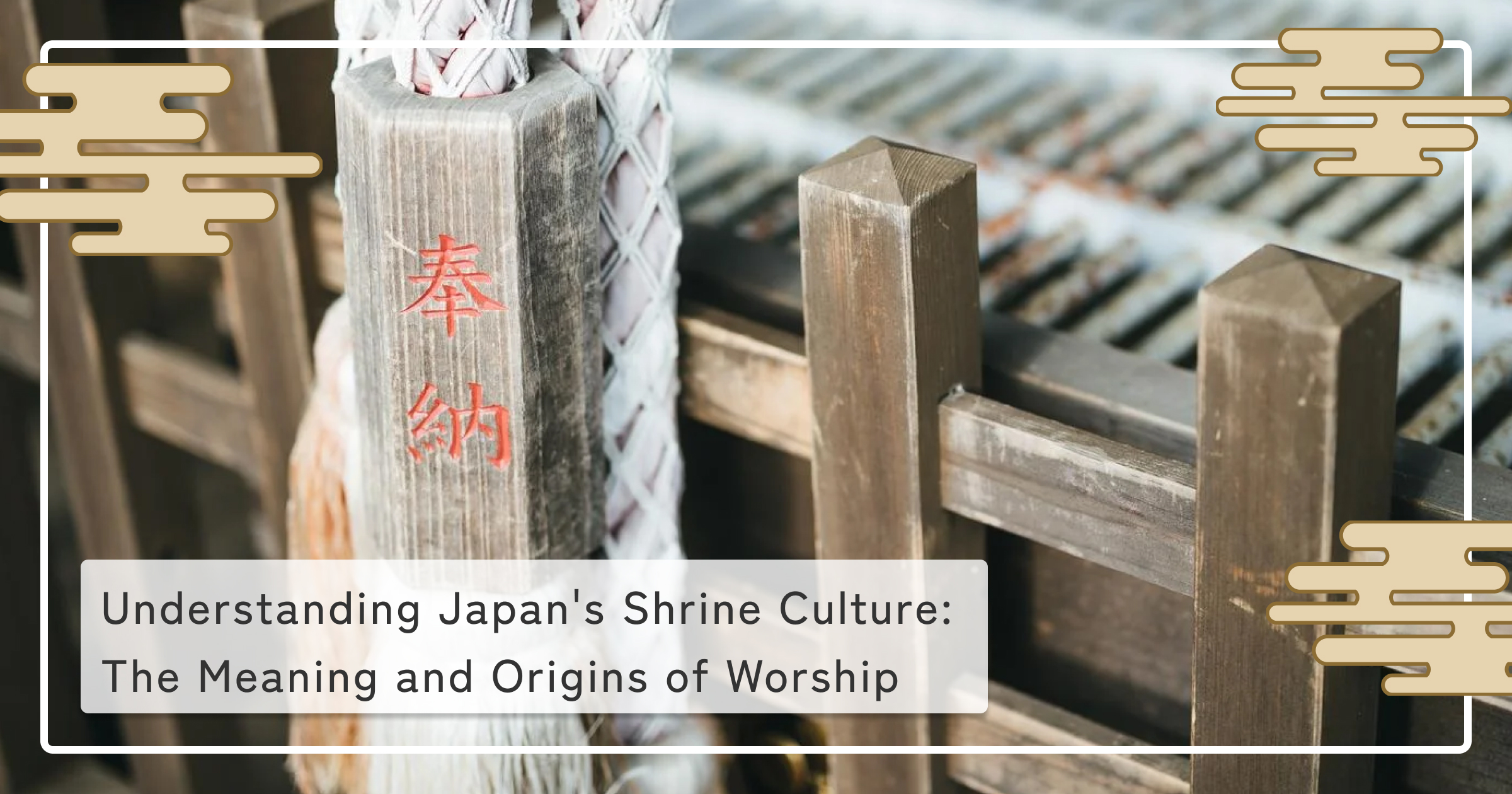
Understanding Japan's Shrine Culture: The Meaning and Origins of Worship
Shrines in Japan are popular tourist destinations. But how well do we understand the culture and meaning behind worship?
This article explores what a shrine truly is and why the act of sanpai —worship—is far more than making wishes.
What Is a Shrine?
Shrines are sacred places in Shinto, Japan’s indigenous belief system, where deities are honored and welcomed.
Shinto has no singular doctrine or founder. It is rooted in respect for nature, ancestors, and the countless gods believed to reside in all things.
At shrines, deities such as Amaterasu, Inari, and Hachiman are worshipped, each tied to local regions and traditions.
The Meaning of Worship
A space for gratitude and reflection
While worship may appear to be about asking for blessings, it begins with gratitude.
- Being alive and well
- Health and safety of your family
- Appreciation for everyday fortune
Only after offering thanks do many choose to share a wish or prayer.
Origins of Shrine Worship
Shrine origins lie in Japan’s ancient nature worship. Mountains, rivers, rocks, and trees were once seen as dwellings of gods.
Iwakura: sacred stones where gods descend
Himorogi: temporary sanctuaries to receive the gods
These evolved into physical shrines over centuries.
Even before structures existed, people turned to nature itself as a place to pray.
Why “Two Bows, Two Claps, One Bow”?
This common ritual reflects both respect and mindfulness toward the divine.
Two bows: a deep greeting to the gods
Two claps: to call their attention and express prayer
One bow: closing with gratitude
Though simple, this etiquette helps us stay humble and centered.
Shrines as Cultural Anchors
Historically, shrines served as guardians of villages and centers of seasonal festivals.
They offered protection from disease, prayers for harvests, and spiritual support in times of need.
Today, shrines remain living museums of architecture, symbolism, and landscape design that reflect deep cultural roots.
Conclusion
Shrine visits are more than sightseeing. They are moments to thank nature, respect life, and calm the heart.
Rooted in nature worship, they continue to shape Japan’s spiritual identity.
Next time you step through a torii, pause—and reflect on the history and harmony it represents.